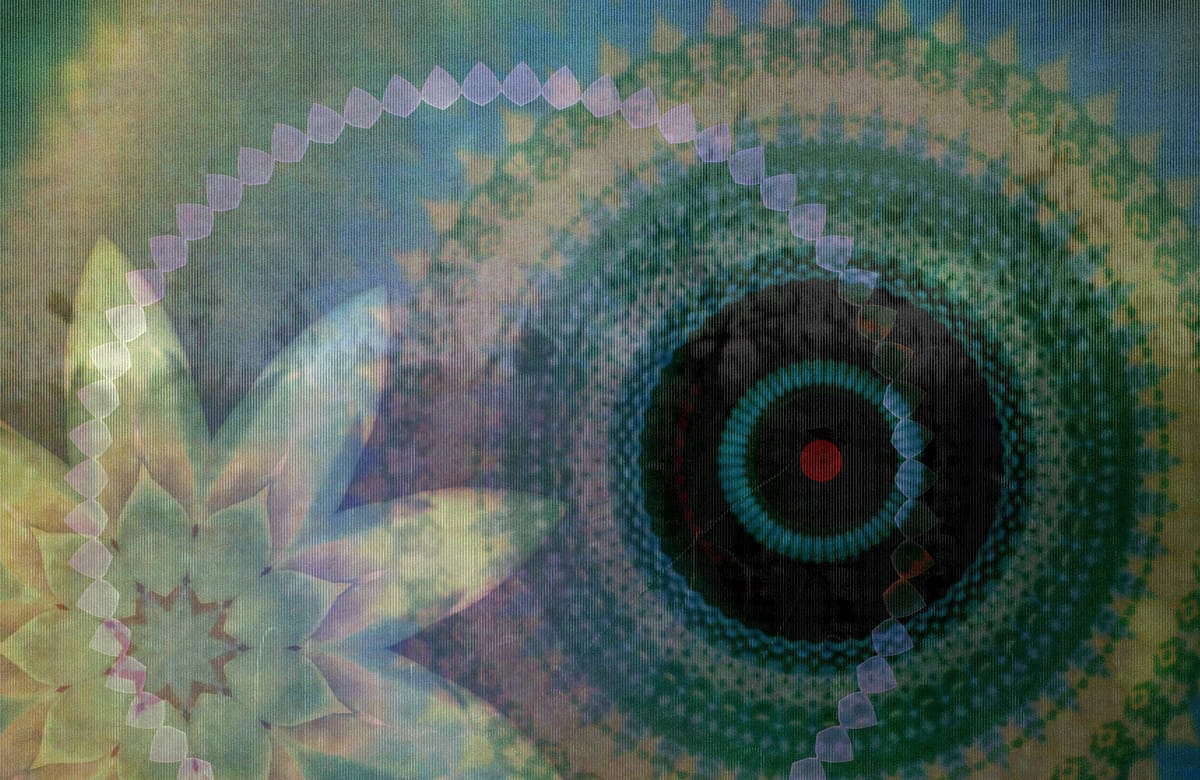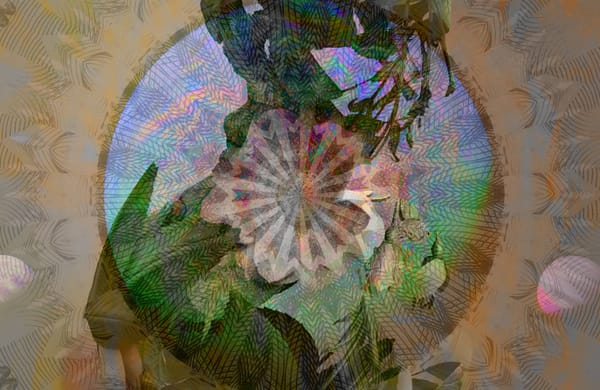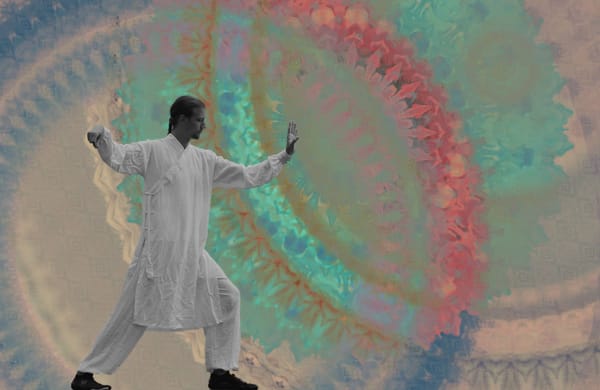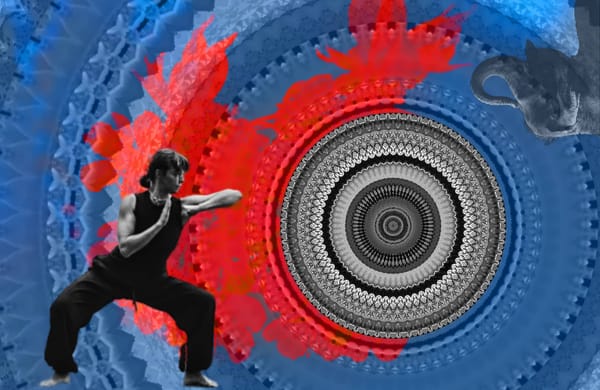Taijiquan 13 Steps Tutorial Episode 3
True defensive capability in Taijiquan doesn't come from rigid blocking or aggressive counter-attacks.
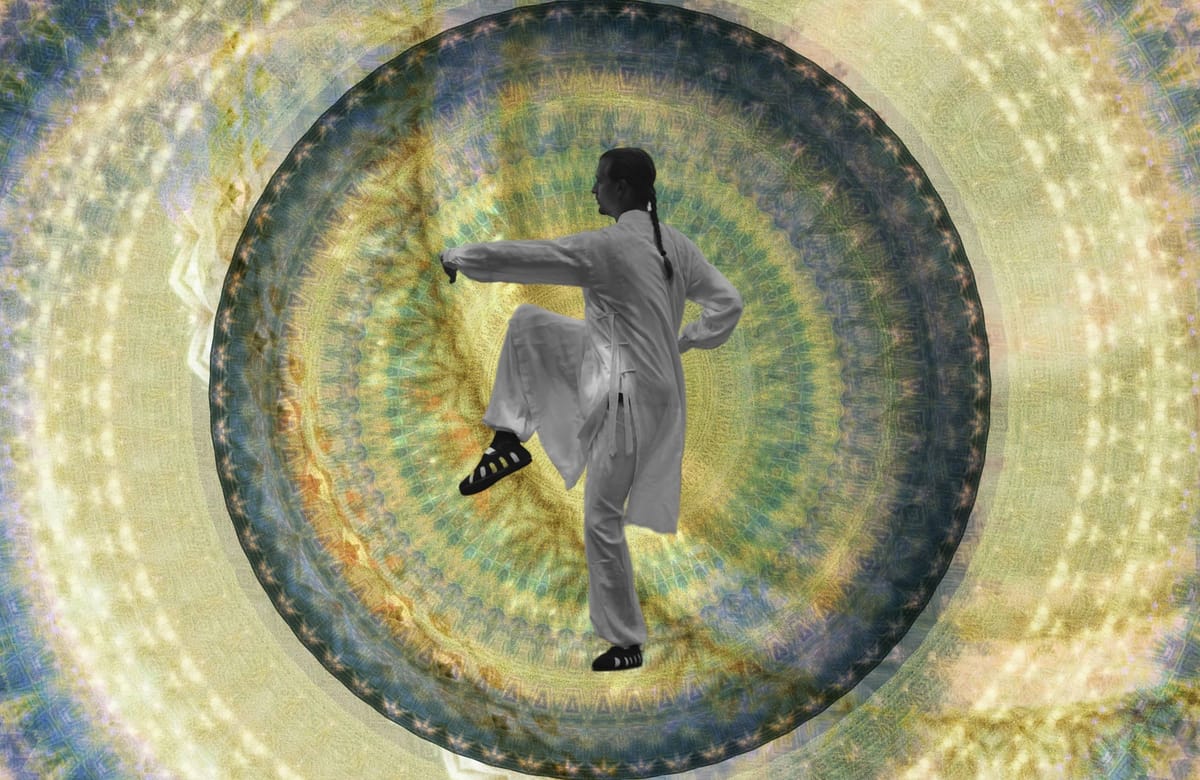
- Clear verbal instruction and demonstration
- Step-by-step movement breakdowns
- Multiple camera angles showing proper form
- Practice tips and common corrections
In this video, we delve into defensive applications and power generation through Arm Block with Raised Leg and Hip Twist to Horse Stance Push. These movements emphasize how proper rooting and body alignment create both defensive capability and offensive power generation.
By the way ....
... since we are redesigning our website, we have opened the founder plan again, which runs -60% off the regular Scholar plan.

Key things to watch for:
- Stance and rooting – maintain deep connection to the ground even when lifting one leg, using the supporting leg as your foundation pillar
- Hip engagement – the twisting motion originates from the waist and hips, not just the shoulders, creating whole-body rotation
- Arm structure in blocking – keep the blocking arm relaxed but structurally sound, using bone alignment rather than muscle tension to deflect force
- Weight distribution – during leg raises, settle your weight completely into the standing leg while maintaining upright posture
- Horse stance integrity – sink into the final push with knees tracking over toes, spine erect, and power driving from the ground up
These defensive movements teach you how to maintain stability while adapting to incoming force, and how to transition seamlessly from defense into offense. The hip twist demonstrates how rotational power multiplies your push force while the horse stance provides an unshakeable platform. Practice both sides equally to develop balanced coordination and ensure your body learns to root and generate power from either side. Focus on how tension and relaxation work together – firm where you need structure, soft where you need adaptability.
It is not forever....
We will close our early member Founder plan as soon as we are done with redesigning Sage Blue
